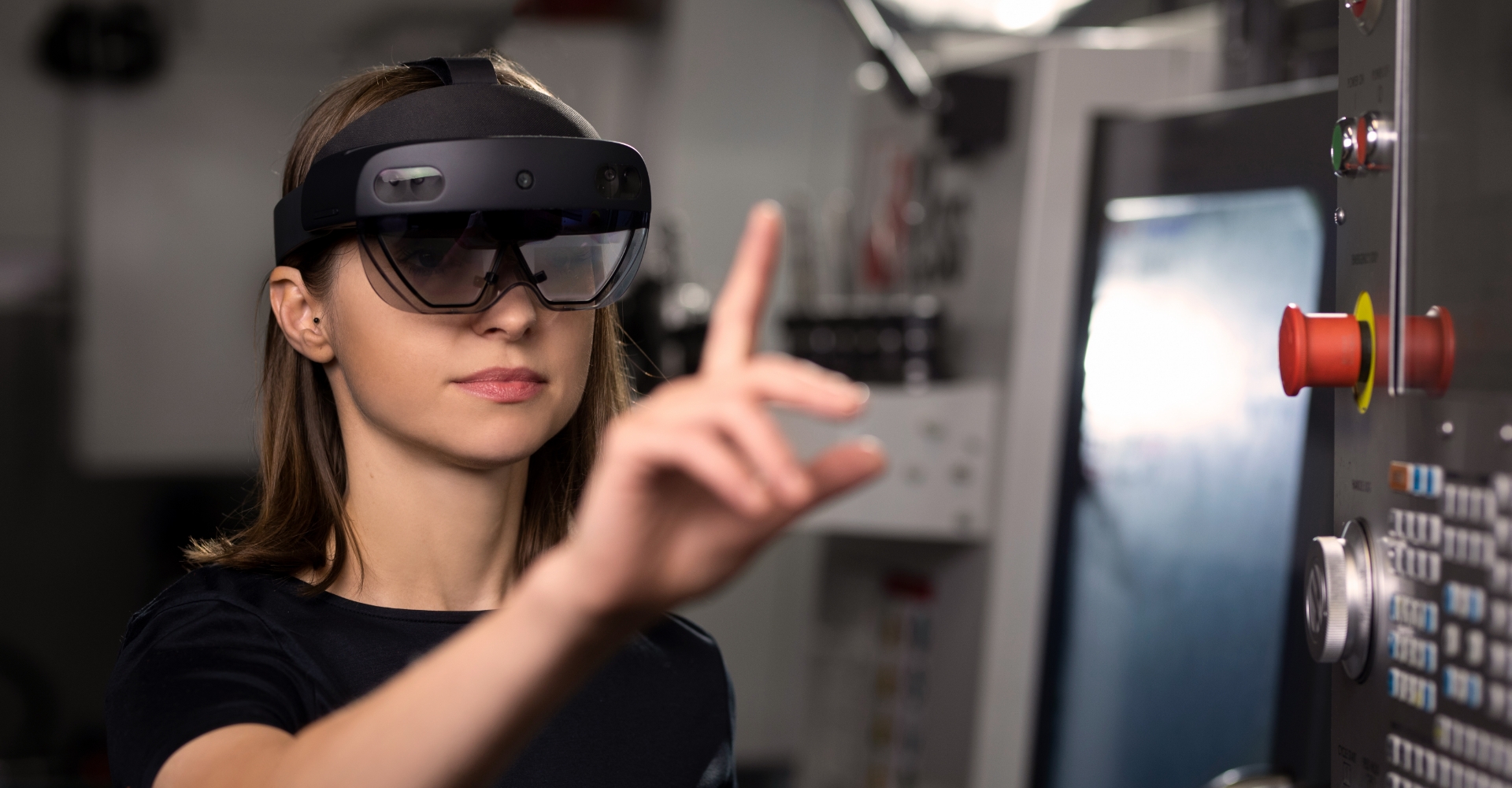
When the first Superman movie was released in the 1930s many of us wanted to possess the power of seeing through the walls. Yet, no one believed that this could be a reality almost a century later.
A group of MIT researchers has built a headset that combines computer vision and wireless perception to locate a hidden item. This headset practically provides a kind of ‘X-ray vision’ to the wearer. The device is a modified version of the Microsoft HoloLens headset and they call it X-AR ( a variation of AR technology).
Seeing through walls: How the X-AR works?
MIT researchers mounted a flexible broadband antenna on a Microsoft Hololens 2. The device is also equipped with wireless processing algorithms and AI-based fusion of various sensors.
The wearer of the device selects an item they want to find from a menu. X-AR sends out RFID signal (Radio Frequency Identification) to tagged items and in response, the selected item sends back its individual ID.
When a two-way signal is established X-AR creates a 3D representation of the environment. Finally, when the location is traced the corresponding items are displayed in the user’s field of view as an augmented reality overlay.
According to the researcher group, this technology works even when an object is hidden in boxes or behind other obstacles. However, the glass can detect items that are previously tagged. So, to your relief (pun intended) the glass doesn’t see everything on the other side of the wall.
Areas of application
This technology will be very helpful for employees working in a large warehouse. As the navigation gets easier, finding a product and inventory refill will be faster. In the retail sector, this tech could help sales staff to find misplaced items.
Our whole goal with this project was to build an augmented reality system that allows you to see things that are invisible—things that are in boxes or around corners—and in doing so, it can guide you toward them and truly allow you to see the physical world in ways that were not possible before
Fadel Adib, an associate professor in the Department of Electrical Engineering and Computer Science, and the senior author of the paper said in a press release.
The private sector can also gain benefits from this technology. However, all items have to be tagged with RFID technology. Also, we will need lighter AR headsets for everyday use. Despite these setbacks, this technology is about to give humans a superhero ability.
Featured image from nsflow.com



